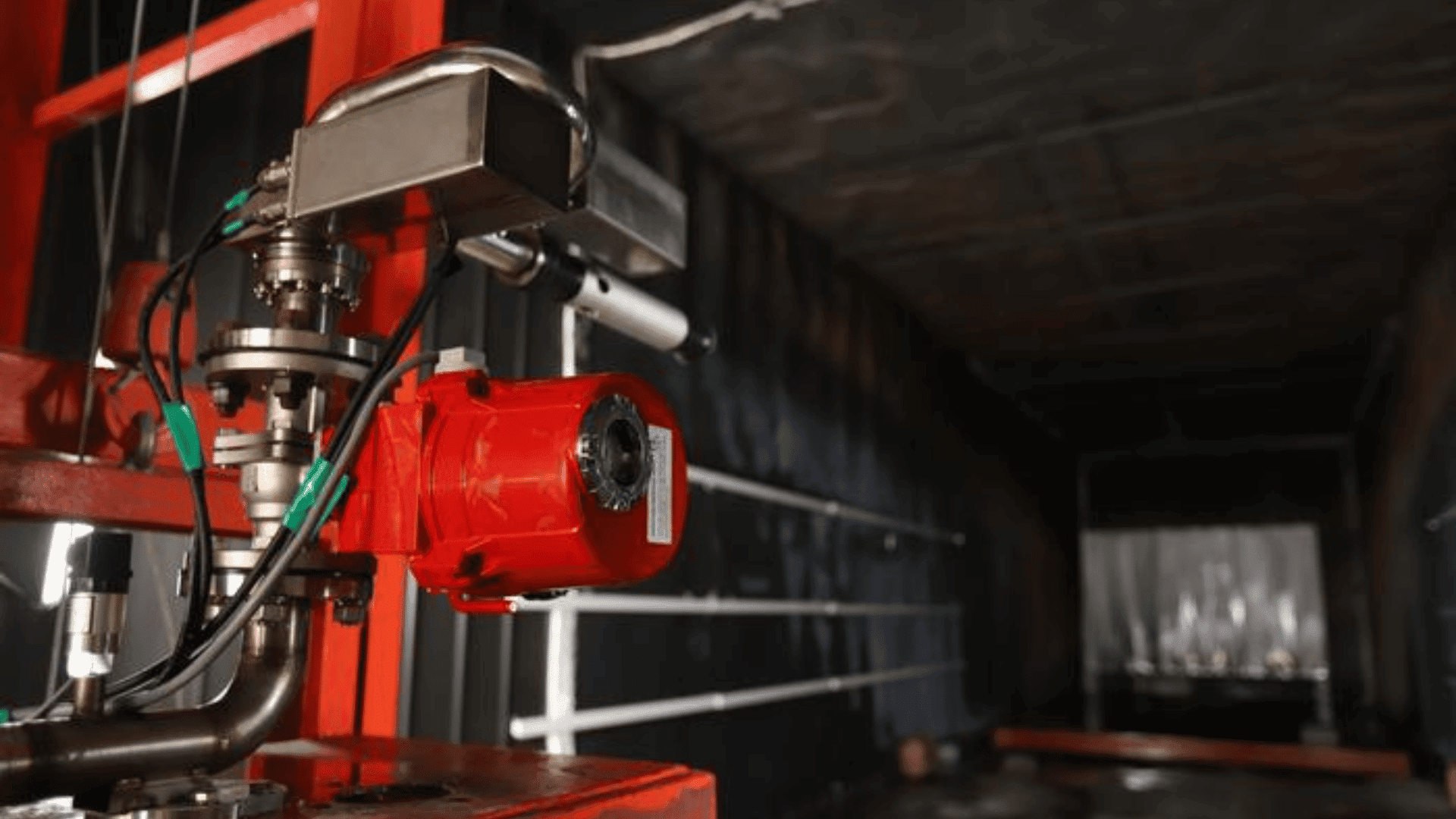Artificial intelligence is providing a critical safety blanket for naval ships. A groundbreaking AI system developed by the Korea Institute of Machinery and Materials (KIMM) specializes in extinguishing shipboard oil fires. This autonomous initial suppression firefighting system is the first of its kind.
Additionally, researchers validated the technology through real-ship trials.
Precision, Safety, and Autonomy at Sea

The team’s senior researcher, Hyuk Lee, says the firefighting system is engineered to overcome challenges of putting out fires in a maritime environment. It’s different than conventional systems, the team explained. For example, conventional systems blanket an entire area with extinguishing agents, which can lead to damage and make targeting difficult. The new system, however, acts “much like a firefighter extinguishing flames.”
One of the most important components of the AI fire extinguishing system is its precision fire detection and targeting. According to the researchers, the system autonomously detects oil fires from equipment or aircraft leaks. It’s most apparent in areas such as engine rooms and hangars.
The AI determines the authenticity of a fire and only activates when actual flames are present. Notably, the researchers report that its detection accuracy exceeds 98%. Then, it concentrates its foam on the fire source. Importantly, it’s capable of focusing on these areas even through the complex motion of sea waves and the ship’s hull.
Additionally, the research team employed a systematic verification process. It begins with a large-scale land-based simulation facility replicating actual ship environments. Researchers explain that this enables pre-training and accuracy of the AI system, including knowing the difference between real fires and non-fire situations, such as welding or lighters.
Proven Capabilities
Comprehensive training and testing demonstrated the system’s ability to “respond to all types of oil fires possible on actual vessels,” researchers noted.
Following simulations, it was time for real-ship tests. Researchers conducted these tests aboard the LST-II class amphibious assault ship (ROKS Ilchulbong). According to the researchers, it precisely targeted a fire 18m away and deployed extinguishing water. During these tests, there were also 1m waves, so the system was battling tough sea conditions. Researchers praise the reinforcement learning-based algorithm for its help with the system’s success. This algorithm recalculates the aiming angle in real-time.
“It can autonomously respond to the most dangerous oil fires on ships in both open and shielded conditions, marking a groundbreaking turning point for crew safety and preserving the ship’s combat effectiveness,” said Lee. “This technology is applicable not only to various naval vessels but also to ammunition depots, military supply warehouses, aircraft hangars, and offshore plants.”


